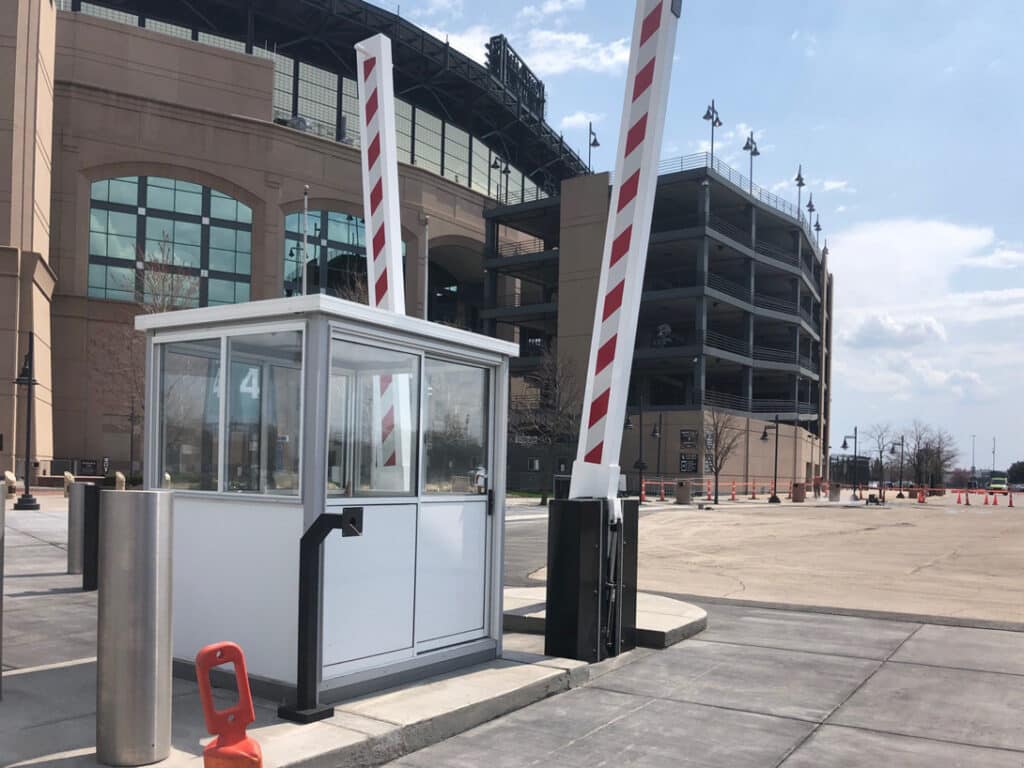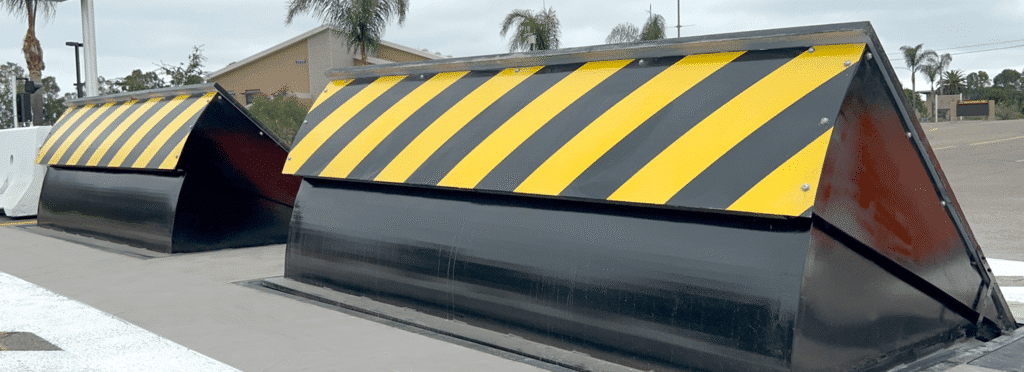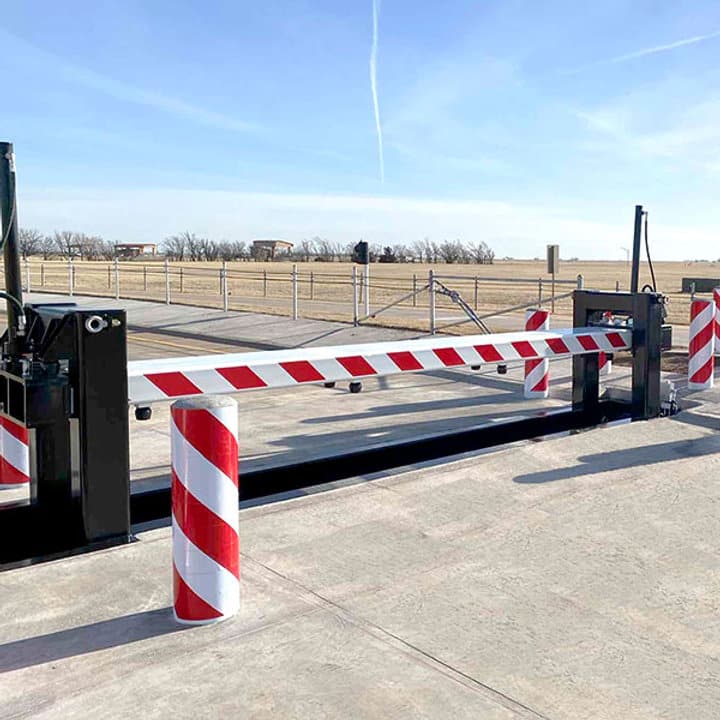Effective security is not just about having the latest gadgets or the most disciplined personnel; it’s about striking the right balance between the two. The combination of smart technology and skilled human oversight has become essential in safeguarding high-risk areas. Whether it’s a military base, a public venue, or critical infrastructure, both must work together to deter, detect, and delay potential threats. While advanced systems provide speed and consistency, human judgment is critical for interpreting complex situations and adapting in real time. The synergy between man and machine is no longer optional; it is a necessary foundation for modern threat prevention. This integrated approach ensures that no single point of failure can compromise security.
Today’s security professionals work in a landscape shaped by digital transformation and rapid technological advancements. Yet, despite improvements in automation, surveillance, and access control, trained personnel remain central to any effective security operation. It’s not about choosing one over the other, but about creating a partnership that enhances operational performance. From managing gate access to responding to emergencies, the collaboration between humans and machines forms a robust, multi-layered defense system. As threats grow more complex and unpredictable, this teamwork becomes even more essential. It ensures that every angle is covered and no vulnerability is left exposed.

Human Intelligence as the First Line of Defense
Personnel at Access Control Points (ACPs) are trained to do more than just follow procedures. They are taught to read between the lines. Their skill in interpreting non-verbal cues, recognizing behavioral red flags, and acting on instinct gives them an edge that machines cannot replicate. While technology can alert suspicious objects or movements, it takes human judgment to evaluate context and determine intent. This level of critical thinking and real-time decision-making cannot be programmed. As a result, human presence remains the most responsive and adaptable asset in threat assessment. Their instincts and discretion are crucial in maintaining secure perimeters.
The responsibilities of security personnel go beyond mere observation. They engage directly with visitors, confirm identities, and provide a visible presence of authority at entry points. Often, their presence alone is enough to deter potential threats before they arise. In emergencies, they serve as vital links between departments, facilitating fast and effective communication. This kind of on-site intelligence and coordination cannot be matched by digital tools alone. Even with technological advances, trained personnel remain indispensable in preventing and managing threats.

Fortifying Access Points with Physical Security Measures
Access control must be reinforced by physical structures that delay or deny unauthorized entry. Barriers, bollards, and gates play a key role in managing traffic flow and establishing layered defense zones. A drop arm barrier is one effective solution often installed at high-risk entry points. It offers both a physical and psychological deterrent, making it clear that only authorized personnel or vehicles may proceed. As part of a comprehensive security setup, it functions as a crucial chokepoint in threat prevention. This kind of infrastructure supports a proactive approach to safeguarding sensitive areas.
Physical security assets are built not just for deterrence, but also for swift reaction during emergencies. In the event of a breach, barriers can stop or slow intruders long enough for personnel to take control of the situation. When integrated with surveillance and access control systems, they can operate automatically based on real-time inputs. This can be activated instantly from a centralized control system, cutting down critical response time. These systems significantly boost the overall resilience of access control points. As a result, they provide dependable protection against a wide range of threats.

Adaptive Strategies for Different Threat Levels
Threat prevention isn’t a one-size-fits-all operation. It requires a flexible strategy that adjusts to the specific environment and threat level. High-security locations such as embassies or power plants need reinforced access control and constant monitoring. In these areas, a M30 drop arm barrier might be deployed because it can stop medium-duty vehicles moving at high speeds. This type of physical barrier is part of a layered security system meant to deter forced entries and ramming attempts. Its placement is strategic, often combined with surveillance and rapid response capabilities.
On the other hand, areas with lower risk may prioritize visibility, smart monitoring, and the regulation of foot traffic. In these zones, tools like facial recognition, RFID access, and patrol rotations are scaled to fit the threat level. The degree of personnel training also varies, ensuring a cost-effective but secure environment. Real-time intelligence supports quick shifts in strategy, allowing teams to increase or decrease security as needed. This flexibility helps maximize resources and maintain comprehensive protection. Ultimately, scalability is essential for balancing safety and efficiency across any facility.

Seamless Integration of Hardware and Human Oversight
The most secure facilities rely on seamless collaboration between people and machines. Security systems must be designed not only to function independently but to strengthen the performance of human operators. A vehicle wedge barrier, for example, can be integrated with license plate recognition tools and manual control features. This kind of integration ensures that both automated processes and human judgment play critical roles in decision-making. The outcome is a layered security approach that balances precision with adaptability. By combining machine efficiency with human intuition, risk is minimized without sacrificing responsiveness.
When personnel and physical systems operate in silos, security gaps become more likely. Training staff to understand and act on data from surveillance and access tools leads to stronger coordination during incidents. Centralized control rooms staffed by experienced professionals enable real-time management of multiple systems and locations. In dynamic threat environments, this structure allows human insight to enhance automated responses. The key is to create a tightly integrated defense model that adapts quickly and decisively. Rather than building isolated protections, a unified system ensures consistent and comprehensive security.

Training and Preparedness for the Hybrid Security Model
Technology is only as effective as the people who manage and monitor it. Regular training ensures that security staff stay proficient in both traditional methods and modern tools. Personnel must know how to operate access control systems, interpret surveillance data, and troubleshoot hardware in real time. Ongoing drills and simulations help keep teams prepared for emergencies and cyber-physical attacks. This model of continuous learning is essential to maintaining an adaptive and alert workforce. Without it, even the most advanced systems risk becoming ineffective.
Equally important is collaboration between departments such as IT, physical security, and emergency response. Unified threat prevention depends on regular briefings, scenario planning, and open communication. These practices allow teams to anticipate risks and improve their response protocols. As new technologies emerge, training programs must evolve to match. Investing in people ensures that any hardware or software is used to its full potential. In this hybrid model, preparedness becomes the critical link that turns individual components into a strong, cohesive defense.

To Wrap Up
Striking the right balance between technology and personnel is essential in modern threat prevention. Machines offer speed, accuracy, and consistency, while human operators bring adaptability, intuition, and sound judgment. When these strengths are combined, security operations become stronger and more responsive. Facilities that understand this synergy are better equipped to handle evolving threats without sacrificing safety or efficiency. This collaborative approach enhances all layers of defense, from entry checkpoints to control rooms. A well-integrated system ensures that each component supports the other for maximum effectiveness.
Overreliance on technology without human oversight can create vulnerabilities and lead to critical system failures. On the other hand, depending solely on personnel can overwhelm teams and reduce overall efficiency. The solution is mutual reinforcement, with automated systems performing routine monitoring and issuing alerts, while human operators interpret and act on that information. As threats grow more complex, the integration of these elements becomes increasingly vital. Facilities that embrace this dual approach will be more adaptive and prepared. Together, technology and personnel form the backbone of a smart, proactive, and layered security strategy.
- 0shares
- Facebook0
- Pinterest0
- Twitter0


